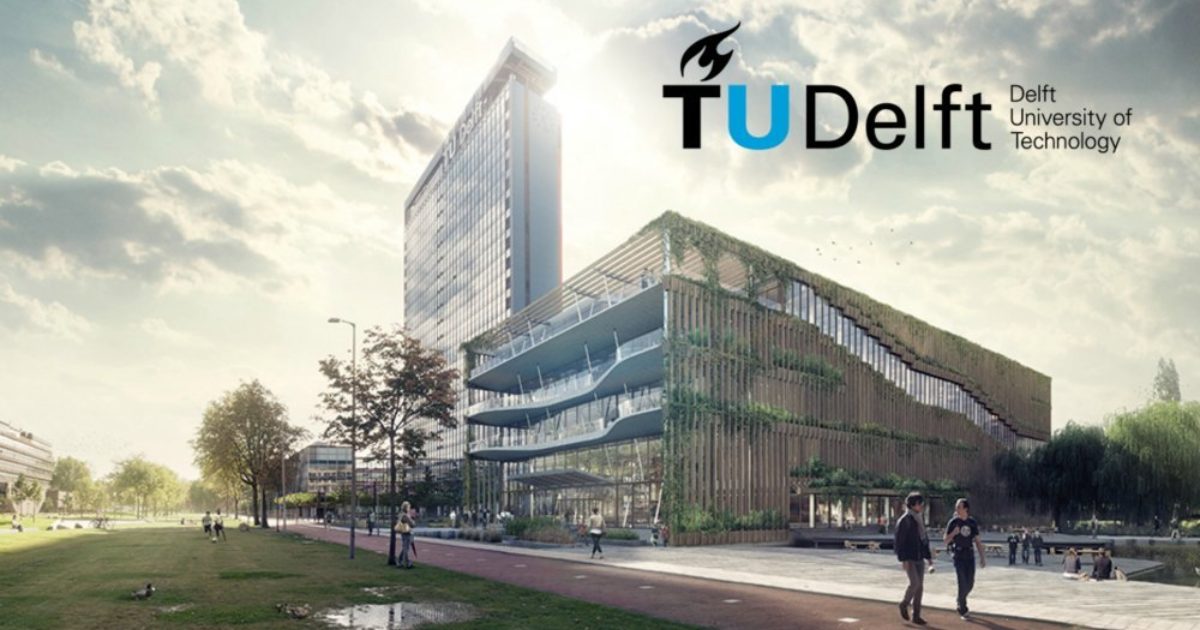TU Delft: TU Delft’s Control Room of the Future makes power grid digitally resilient
The increased digitalisation of the power grid comes with its own set of cyber threats and risks. In TU Delft’s Control Room of the Future (CRoF) the power grid gets put through its paces. This remarkable research facility offers both industry and academics unique opportunities to research, develop and test the integration of new energy management technologies into the smart grid. So the CRoF is actually a testbed for dealing with all kinds of disruptions, including cyberattacks. Its ultimate goal? A power grid that is intelligent, resilient and cyber secure.
The rapid transition to renewable energy threatens to cause major problems to the electricity grid in the Netherlands. This means that research is required. A great deal of research. For example, will the Dutch grid be capable of withstanding a new wind farm off the coast of Zandvoort? How will we keep everything stable when, in the near future, millions of solar panels have been installed by individual house owners? And how can we ensure that everyone will be able to charge their electric vehicles in the future? Using a digital twin of the Dutch electricity network, we can test all kinds of scenarios, explains Alex Stefanov, technical director and mastermind behind the CRoF. ‘In our control room, new operational technologies are also being tested here, ranging from e.g. innovative energy management systems created at the university itself to hard- and software solutions developed at industrial partners. As we are able to simulate the power grid in real time, we can connect prototypes to the grid and see how they perform under real-life circumstances to balance generation with consumption in real time.’
Autopilot
Artificial Intelligence and machine learning can help decision-making under uncertainty in our future power grid. Stefanov: ‘As power grid operation gets more complex, you need more automation and intelligence. Here, you can think of AI like an autopilot. Nowadays, pilots only touch the controls during take-off and landing, or when something unexpected happens. During predictable parts of the flight, it is on autopilot. Power system operation is still a purely manual process. We want to create AI that can support system operators just like an autopilot does, so operators will act as supervisors.’ Ultimately, he envisages a control room where screens may have been replaced with VR glasses worn by the operators.
Cyber security
As the power grids gets more digitized, cyber security becomes more important. ‘Over the years, we’ve changed over from analogue communications to new information and communication technologies. Even in substations, hardwiring has been replaced by digital communications in most cases,’ says Stefanov. ‘If just a few transmission lines are maliciously disconnected, other lines will pick up the flow of electricity, become overloaded and under certain stress conditions are automatically disconnected. Such cyberattacks have the potential to cause failures that can quickly cascade all over Europe, as all power grids are interconnected.’
In reality, cyberattacks are constantly happening on electricity networks across the world. Most of them are nipped in the bud and never make it onto the news. Occasionally, however, things really go wrong. In 2016, for example, cyberattacks on grid operators in Ukraine caused power outages. But the TU Delft researchers are not only focusing on the consequences of cyberattacks on the power grid, but on all kinds of disruptions: from broken transmission lines to short circuits. Would you like to read more about the research taking place in the Delft control room? Then read this story.
Stefanov works on ways to detect and prevent cyberattacks using AI and computational intelligence techniques and on dealing with the consequences to build cyber-physical system resiliency. ‘We can stress the power grid to its limits and see what happens, something you cannot do in real-life. We can also provide training for cyber security professionals and control room operators on how to handle cyberattacks on power grids.’
Unique setup
As a matter of course, actual control rooms are highly secure environments, with little scope for visiting, let alone experimenting, but the CRoF comes as close as it gets. ‘We have rebuilt a front-end control room. We also have all the operational technologies at our disposal, like supervisory control and data acquisition management systems. And we simulate the physical infrastructure of the power grid – power lines, substations, wind turbines and so on – with our supercomputer,’ says Stefanov. ‘Currently, a digital twin as large as a quarter of the Dutch power grid can be simulated, but plans have been drawn up to expand that to the entire Dutch power grid.’
Innovation hub
This makes the CRoF an unparalleled testing ground for industry. Stefanov has gathered an ecosystem of industry partners, including vendors like Siemens and General Electric, grid operators like TenneT, and distributors like Stedin. ‘We provide a neutral ground, where system operators, technology providers and academia can work together on the necessary innovation of the power grid,’ says Stefanov. ‘We can do research and proof of concepts, support feasibility studies for patent applications, or offer them a podium to demonstrate the new technologies for intelligent power system operation.’ Whereas TU Delft is promoting open science for its own research whenever possible, industrial partners can count on non-disclosure and data confidentiality if required. ‘All sensitive data are stored in the vault of a highly-secured data centre.’

